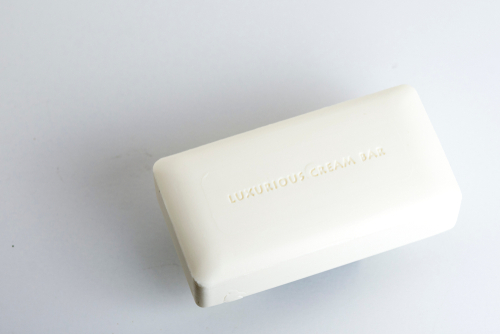Everyone in life want to be “good.” Whether it be a good husband, a good wife, a good shidduch or simply a good person. Good in Hebrew is tov with the gematria being 17. What’s good about 17?
Firstly, the Mishna in Avot declares that 18 is the time for chuppah. That is because at 18 desires reach their peak. Therefore, up until 18 is a time symbolic of purity, of good and pristine years. Secondly, for 17 years Yosef received a pure transmission of the Torah from Yaakov, and Yaakov was the “chosen” of the Avot. This was a time of great purity, a block of good years. Thereafter came his sale and the ultimate bondage in Egypt.
How do we return ourselves to a state of purity and goodness to match these two 17’s? Pesach is that opportune time and matzah is the symbol of it in two ways. Matzah announces not to push things off, but to take care of them immediately, just as the dough didn’t have time to rise when we left Egypt. It proclaims: don’t allow the evil inclination to persuade you not to be alert, proactive and purely engaged at all times in commandments and good deeds. Also, matzah, which must not rise, declares: don’t rise in arrogance, anger and improper desire, but stay low, simple and pure.
It’s purity that David wanted as he beseeched G-d in Psalms (51:12), “Fashion a pure heart for me, O G-d; create in me a steadfast spirit.” Pure which translates to be tahor in Hebrew begins with the letter tet, the first letter of the word tov, as they are synonymously linked. Also, the letter tet has a gematria of nine, tantamount to the tisha yarchei leida we mention in the Seder, symbolic of the womb, the purest of atmospheres for the child to be fed Torah.
Tov can be explored further. Using two verses together, we are given an allusion to the fact that tov implies total purity. In the first place, the Creator Himself testified about many of his creations using the term “tov.” When the Almighty who is perfection uses a positive reference to describe something, it’s fair to say that it’s good in all facets. Additionally, a second verse supports this notion that tov must be absolute. Borrowing an idea from my late relative, Rav Avrohom Genechovsky, zt”l , perhaps it may be said, on the words of Shlomo, in the verse (Proverbs 31:12, “She delivers him good and not bad,” that good means “total” goodness with no scintilla of bad. This is hinted to by the redundancy itself in the verse. For if something is good, by definition it’s not bad. The message is that tov unequivocally connotes goodness that has no scintilla of badness attached to it. Though my late relative, Rav Avrohom zt”l, was making the equation regarding Torah, that it’s purely good with no deficiency, one can attempt to extrapolate that the word tov itself has no rah in it.
Tahor and tov stand for the same principle and represent what we can attain on Pesach if we take the message of matzah: purity and goodness.

